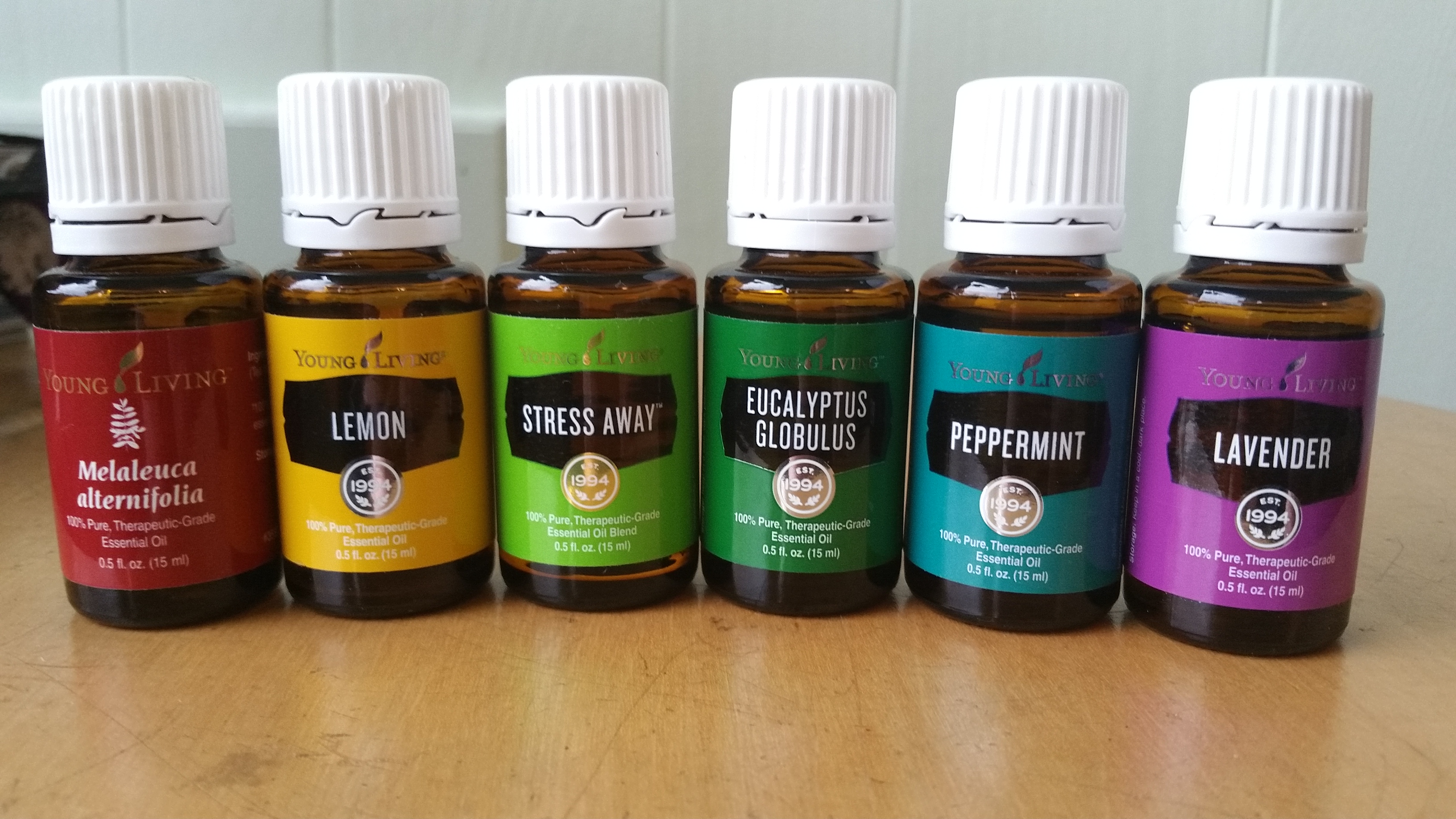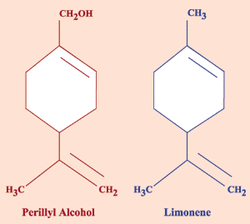|
9/8/2020 1 Comment Essential Oils 101: Lavenderby Marina Hutchison
Today we’re talking about Lavandula Angustifolia, or lavender for us non-botanically trained folks . As one of the most recognised fragrances worldwide, lavender is also one of the most versatile and beneficial essential oils available. It’s chemical properties and soothing aroma make it one of the most popular and easiest to incorporate into any lifestyle. Beautiful and functional? Sounds good to me! Lavender is undoubtedly a magnificent plant and definitely one you’re going to want in your arsenal! With 40 currently known species and more than 400 varieties of this pretty purple powerhouse, it’s oils can often be more tailored to specific ailments because of the different chemical compounds each one possesses. Highly revered by the ancient Romans, it has a myriad of uses from medicinal remedies to personal care items, cooking, baking and even household cleaning products. As mentioned in the previous blog, to get the essential oil. Lavender goes through a gentle process called “ steam stripping ” which passes steam around and through the dried tops of the plant in a still. So, basically, booze! Lavender vodka anyone? As our sense of smell corresponds directly with our body’s nervous system, it’s no surprise inhalation is the most immediate way to experience the benefits of lavender oil. It has shown to have a calming effect which can aid in the treatment of anxiety, depression, insomnia and restlessness. Commonly used professionally and in the home to promote the feeling of relaxation, all on it’s own or blended with other essential oils to further improve mood and mental well-being. Diffusing into the air, is always a treat and is still a popular and efficient way to soothe what ails you, however, lavender is one of the few oils that can be applied topically without dilution, so often applying directly to pressure points is recommended and allows the oil to absorb into your skin and work its magic that way too. Areas to consider applying include the temples, forehead, back of the neck and behind the ears. Massaging these points is especially effective if you suffer from headaches, migraines, nausea or motion sickness. The worst! It’s antimicrobial, antifungal and antibacterial properties make lavender an excellent aid for acne, eczema or reducing the appearance of sunspots. It promotes blood circulation which stimulates hair growth, so ladies put a couple of drops straight into your mascara and watch those lashes lengthen! Applying it directly to minor burns and bug bites is another great way to take advantage of its calming benefits. How else could you use lavender oil? Diluting your lavender oil into a sugar scrub by mixing a few drops with a few tablespoons of sugar and a few tablespoons of coconut oil. (Play around with proportions until you get a consistency and scent strength you are happy with!) Lavender is antioxidant rich and anti-inflammatory making it perfect for any skin care regimen. You’ll be moisturized, gently exfoliated and come out of the shower or bath relaxed and ready for a yummy night’s sleep. You could also mix a few drops in with your favorite lotion if you have sore muscles as it aids in pain relief. Lavender oil stimulates cell regeneration as well and properly diluting it with water will allow it to help heal minor wounds. This is really only the tip of the iceberg as far as the potential for lavender to improve your quality of life goes. Brighten up some summertime lemonade with a few drops of lavender oil and add in a few sprigs of the fresh stuff. Incorporate it into muffins, cakes or cookies for a slight floral note. Make a homemade pillow spray for a restful night’s sleep. Heck, simply growing the plant itself in your garden is beneficial. It looks pretty, smells pretty and has both pollen & nectar to feed those oh so important bees! Is there anything in particular you’d like to see regarding this essential essential oil? Recipes for self-care products or food? How to blend it with other oils or how to make your own specific blends? Let us know and we’ll do our best to provide those resources for you! *As with any new product, there may be potential for allergic reaction or skin irritation. It is a mild oil but not completely hypoallergenic, so test a small area of skin before using on a large scale.
1 Comment
9/1/2020 0 Comments Essential Oils 101by Marina Hutchison
What exactly is an “essential oil” , you ask? A pure essential oil is a highly concentrated and volatile plant extract. The word “essential” stems from the word “essence” which is the fragrance of the plant. Makes sense, right? Typically, the most aromatic part of the plant is where the oil would be extracted, which also makes sense. For example, lavender goes through a gentle process called “ steam stripping ” which passes steam around and through the dried tops of the plant in a still. How do they separate the oil from the water? The oil is less dense and so it floats to the top; something you might notice if you’re an avid diffuser user. It is important to be aware, not all oils are 2 created equal! If the label does not say “essential” , it is not a pure essential oil and should not be treated as such. Also, check the price! Isn’t that always a tell-tale sign of quality? Long story short, you don’t want any additives or extra chemicals in your oils. Some of the best products come from companies like Young Living and doTerra but do your research anyway, it’s an investment in your health and well-being! Some links will be provided for your perusal. Let’s go back to when I talked about essential oils being “ volatile.” That sounded a little ominous, it’s not. Simply put, essential oils are not true oils. “Fixed” oils, such as olive or flaxseed oil are much heavier and their molecules don’t vaporize the same. The “ volatile” nature of essential oils is their rapid dissipation into the air. Hence, diluting them with a fixed oil helps the fragrance to linger and additionally improves absorption by the body. Yay science! Fixed oils or fractionated oils with mild or no fragrance are ideal for diluting such as sweet almond, jojoba, avocado and coconut oils. Almost all oil blends will need to be diluted or come diluted already, ready to use such as combinations blended specifically for things like focus, congestion, digestion and allergies, to name a few. Is there anything in particular you’d like to see regarding this essential essential oil? Recipes for self 4 care products or food? How to blend it with other oils or how to make your own specific blends? Let us know and we’ll do our best to provide those resources for you! *As with any new product, there may be potential for allergic reaction or skin irritation. Test a small area of skin before using on a large scale.  By Amanda Coleman Essential oils are a vast and interesting subject that have been getting a lot of attention lately. They certainly aren't a new subject. They've actually been in use for thousands of years, but have been rapidly gaining popularity in the last several decades. With all the chemicals, additives, and unknown ingredients in so much of the product market today, many people have turned to essential oils for a natural alternative for everything from cleaning, to skincare, to first aid. But where do you start? I participated in an Introduction to Essential Oils Class here at the shop, taught by Amanda Murphy from Wellness Paths, and I would highly recommend it to anyone who's interested in exploring essential oils. It was an excellent opportunity to ask questions, experience the aromas of some of the oils, and discuss the every day uses. But most importantly, the safety of the use of essential oils was properly explained. Essential oils have many amazing properties, but it's necessary to remember that they're highly concentrated, and need to be used mindfully. With few exceptions, essential oils shouldn't be applied directly to the skin. And some essential oils are contraindicated with certain health conditions. But all of these concerns were covered very well in the class, and I left feeling much more confident about my ability to experiment and explore the world of essential oils. If you'd like to attend an Essential Oils class, please visit our Facebook Page for upcoming events. Send us a message, and we'll add you to the list for our next class! by Pallas Hutchison
Disclaimer: This post is meant for educational purposes only. It is not meant to treat or diagnosis any condition and is not intended as a replacement for diagnosis by a licensed medical professional. The recommended method of use varies depending on the essential oil and desired result. There are numerous books and website that tout claims of miraculous cures. The purpose of essential oils is to support the body's natural healing processes. Although different sources often suggest different uses for the same oil, there are three primary ways to use essential oils: inhalation, ingestion, and topical application. Of the three, ingestion is the least common. Ingestion Capsules for creating essential oil supplements may be found online. Also, many companies that sell essential oils also carry juice blends that include essential oils. Most of the classes that I've taken on essential oils say that ingestion is not recommended, although that may be more to do with liability than actual safety; however, I am not qualified to contradict my teachers. Most of my knowledge in this area is from reading books and taking the occasional workshop. The only experience I have with ingesting essential oils is adding a few drops of lemon or grapefruit to bottled water. Citrus's bright flavor uplifts, making the water pleasing to the palate. Lemon is purported to increase alertness and focus; grapefruit supports a healthy body image and self-acceptance. Beyond that, you'll have to look elsewhere for internal remedies. Inhalation Inhalation is the most common method of use for essential oils. Oils can be put in a diffuser to fill a room, mixed into a spray/mist, used in a steam treatment, or dropped onto a tissue for more concentrated effects. Using essential oils in a bath combines inhalation and topical application; however, for optimal dispersion, essential oils need to be mixed with salt prior to adding them to the bathwater. Also, heat changes the molecular structure, potentially reducing the healing benefits. A warm bath with essential oils may have more health benefits than one with that's scalding hot. There is debate over how long aromatherapy should be used at a given time. The sense of smell fatigues quickly. After prolonged exposure to a scent, it becomes relegated to the background which allows the olfactory system to detect different scents or changes. With a cigarette smoker, for example, the smell of tobacco and nicotine is so familiar to them that they are often unaware of its lingering, pungent odor; however, that same smell can be highly offensive to a non-smoker. Once an essential oil becomes "white noise" to the nose, the healing properties may not be as effective. There is no set time-frame on olfactory fatigue, however, coffee grounds have been used to successfully refresh the olfactory receptors, a similar concept to eating pineapple between meal courses to cleanse the palate. An example from personal experience, my youngest daughter has seasonal allergies that we treat with essential oils and local honey. We diffuse a 1:1 blend of lemon and eucalyptus in her room overnight when the pollen is affecting her. This blend supports respiratory health, helping to open her airways and allowing her to breath easily throughout the night. In the morning, she gets a small spoonful of local honey. By local, I mean from within a 50-mile radius of our home. Her body learns how to process the pollen, reducing the histamine reaction. Each year, her allergies have lessened in severity and she has none of the side effects from over-the-counter allergy medicine. Topical Application The topical application of essential oils is more common than most people realize. Most massage oils have essential oils added to enhance the massage experience. Hair products and skin care use essential oils. Bath salts and healing salves often contain essential oils as well as herbs. Essential oils can even be found in lip balm and pet products. There is a pattern with this use; the essential oils are mixed with something prior to being applied to the body. There are three reasons essential oils get diluted: safety, absorption and cost effectiveness.
Going back to the science for a minute, remember that essential oils are concentrated plant material. The higher the concentration, the more potent the oil. Most books recommend a dilution ranging from 3-5% and some even recommend as low as 1% for children or for sensitive skin. To calculate dilution, there is math and measuring involved. The simplest is a 1% dilution: add 1 drop of essential oil for each teaspoon of carrier (oil or lotion). An example of a topical application is a simple compress. Take a clean dry washcloth and run it under hot water, wringing it out once it's thoroughly saturated so that it doesn't drip. Fold into thirds, creating a thick rectangular pad. Add 3-5 drops of an essential oil or blend and place over eyes or along the base of the skull. Essential oils provide a natural way to detoxify the body and home. They promote well being on physical, mental and emotional levels. Experimenting with them can also be fun. There are dozens of oils available with endless blending combinations. Please let me know if you have any questions. We carry a limited amount of essential oils for retail, but we have a larger selection for massage. We're happy to let you try them and order the ones you like. Would you like to learn more about a specific oil? Do you want to learn how to make your own products? Let us know in the comment section! Here is a great resource to get your started: An Introductory Guide to Essential Oils Resources:
 by Pallas Hutchison Disclaimer: This post is meant for educational purposes only. It is not meant to treat or diagnosis any condition and is not intended as a replacement for diagnosis by a licensed medical professional. The reason essential oils work lies in their molecular structure. The specific chemical make up of each oil varies, as does the healing properties and suggested uses. The primary components are terpenes and phenylpropane derivatives. Various forms of terpenes and higher homologues (molecules based on terpenes) are the active ingredients in essential oils. Isoprenes consist of five carbon atoms and are the building blocks of terpenes. Terpenes, chains of isoprenes, form complex molecules similar to hormones in the body, making the impact on the body understandable. Phenylpropane, as a byproduct of amino acid metabolism, is crucial to protein production. This figure compares perillyl alcohol to limonene. Limonene is found in many citrus essential oils and common food items. "Perillyl alcohol stands out as effective against human pancreatic cancer, colon, liver to reduce vein graft intimal hyperplasia, as chemopreventive against colon carcinogenesis, prostate and lung cancer." (Brudnak) Other chemical components of essential oils include alcohols, esters, phenols, aldehydes, ketones and oxides. These chemicals are oxygen-based, which creates a positive/negative charge when bonded with the carbon-based terpenes. The charge, or polarization, makes it more reactive. The chemical compounds are affected by the distillation process as well as plant quality, causing the potency and exact chemical make-up to vary from batch to batch. The quality of the oil deserves some research prior to making any purchases; inferior quality oils, especially those diluted with a carrier oil, won't have the same constituents and will go rancid over time. Some oils, such as ylang ylang, are available in three grades, varying in quality depending on when they are removed from the distillation process. The oil removed in the beginning is marked "extra" and has the highest concentration and quality, which the price will reflect. Grades 1, 2 & 3 get progressively lower in quality and cost as they are removed later in the distillation process. The biggest difference between pharmaceuticals and essential oils for healing are the side effects, or lack of. Synthetic medications come with a host of warnings, side effects and contraindications. Essential oils are natural substances that, when used properly, enhance and support the body with significantly less dangerous side effects. Existing conditions should be considered, as well as any medications. Some oils are caustic and may irritate the skin if applied 'neat' or undiluted. For example, citrus oils increase photo-sensitivity and should therefore not be applied prior to an out-door excursion. Resources:
|
|
|
Contact Us:
|
